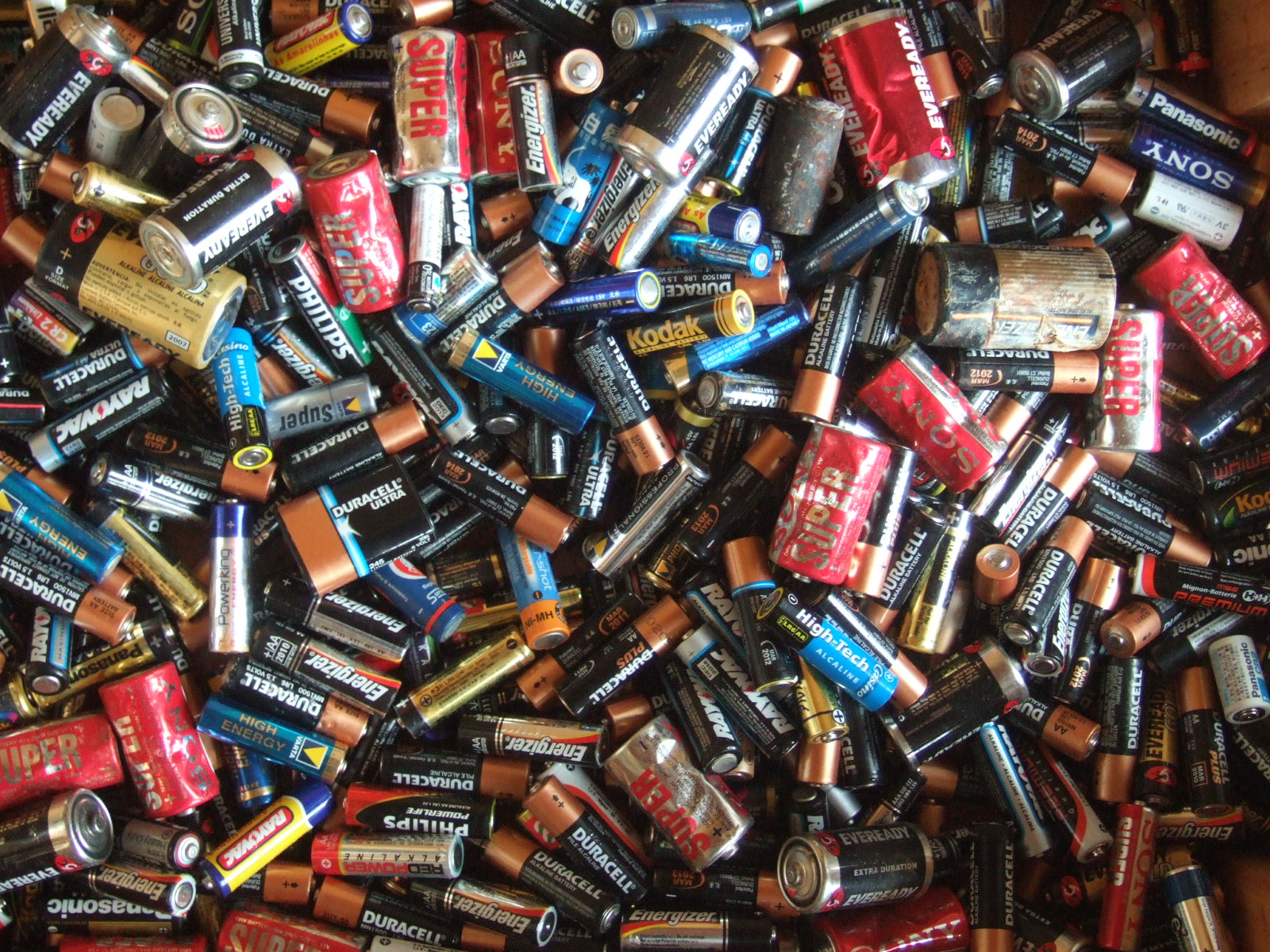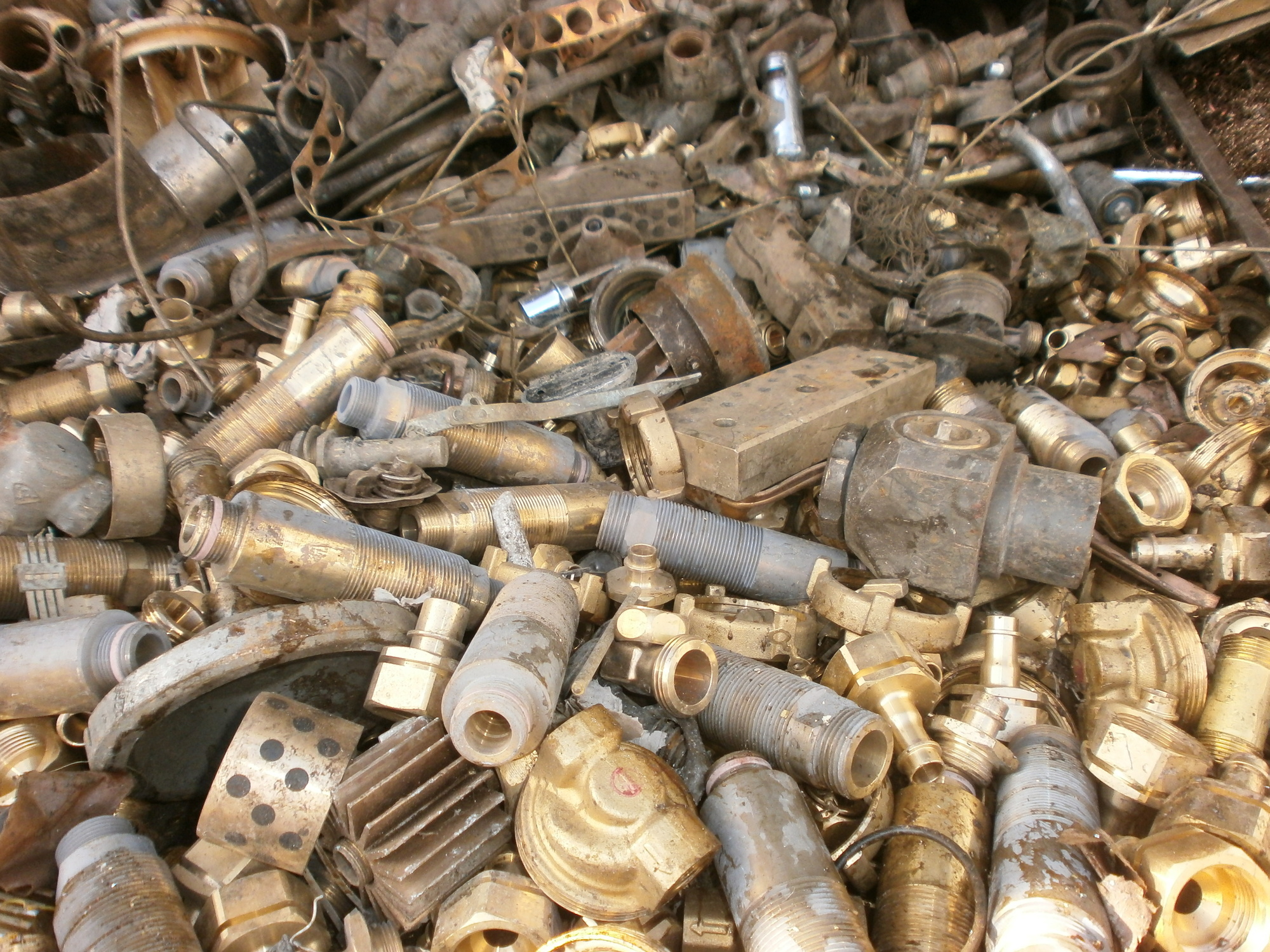Recycling in this modern age has turned over a new leaf. A variety of products disposed of in the environment can be recycled for re-use purposes. Some of the most common types are the plastic recycling process, copper recycling, scrap metal recycling process, and etc. But one of the most important recycling processes in the modern era is the battery recycling process. In this procedure scrap batteries, one-time use batteries etc. are subjugated to high order processing in order to extract important materials from them or for re-use. In a technological age, this recycling process is highly required as it helps to keep in check the discarded amount of batteries and also helps in reducing the bulk of waste in the environment.
Moreover, this type of recycling is the need of the hour because it helps in combating radiation that may be caused due to improper disposal of the batteries. Batteries contain radioactive materials like lithium, lead etc. which have to be properly treated before being disposed of. Other than that, these materials can be resold after being properly recycled thus providing an alternate source of income. The main query that arises is how can the batteries be recycled?
Battery Recycling Processes
There are different kinds of battery present on the spectrum of this world and each one has to be recycled in a different way. The processes of recycling different batteries are:
For a Lead Acid battery, first, the body is taken apart manually. Then the plastic section of the battery is washed, blown dry and then sent to a plastic recycler where it is melted and reformed. The lead is cleaned and then melted into ingots where the impurities are removed. These molds can, later on, be used for manufacturing batteries once again.
- Alkaline batteries are recycled using special machines that are available in the market. First, they are cooled down and brought to room temperature. Then they are separated into 3 end products namely zinc and manganese concentrate, steel and plastic components. These end products are then put up in the market as reuse materials.
- Lithium-Ion batteries are 100% recyclable batteries. This battery is also recycled using machine power. The battery has to remain at a room temperature, oxygen-free zone.
- Nickel-Caladium batteries are quite distinct compared to others. First, the plastic components are separated, and then the remaining components are melted down in order to refine the components. Then these components are sold separately in the market.



Leave A Comment